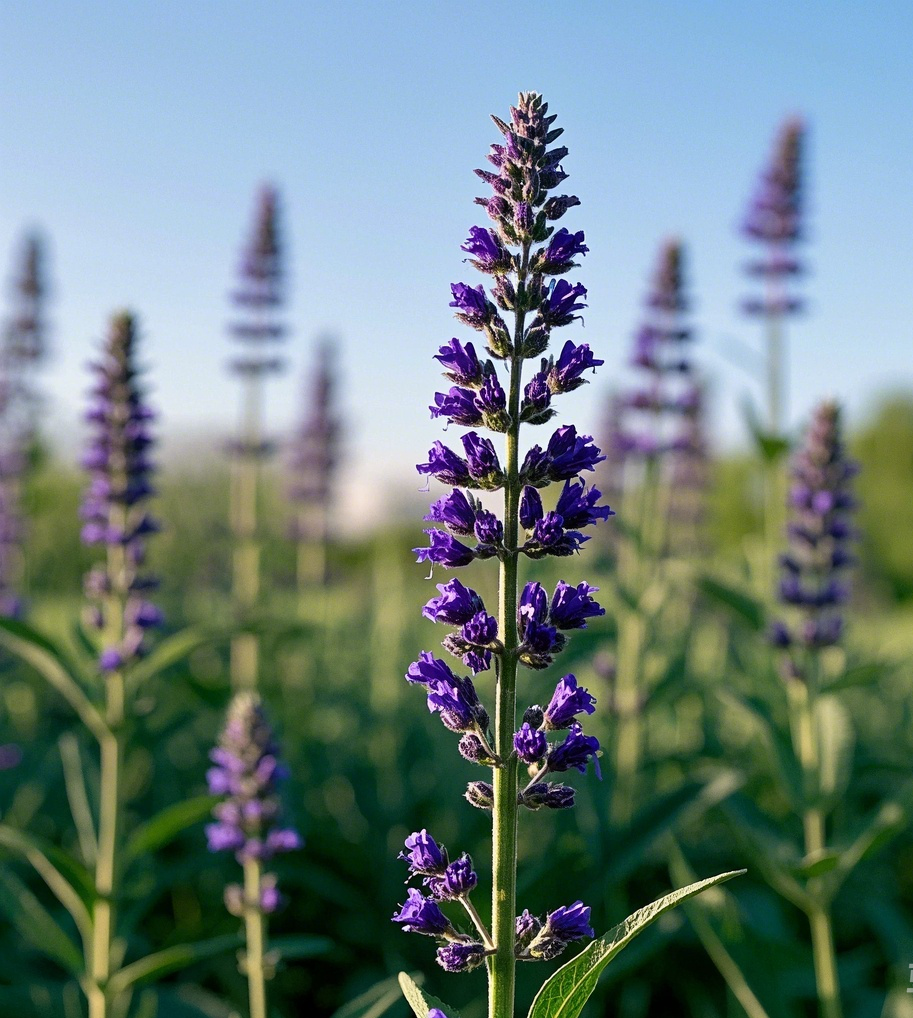Physical Address
304 North Cardinal St.
Dorchester Center, MA 02124
Physical Address
304 North Cardinal St.
Dorchester Center, MA 02124
A Complete Guide to This Versatile Herb
Sage (Salvia officinalis) is a fragrant, earthy herb that has been a cornerstone of global cuisines for centuries. With its soft, velvety leaves and complex flavor profile, sage in cooking offers a bridge between rustic comfort food and refined culinary techniques. Whether you’re roasting a holiday turkey, crafting a creamy pasta sauce, or experimenting with herb-infused desserts, understanding the culinary uses of sage can elevate your home cooking. In this guide, we’ll explore how to use sage effectively, its flavor pairings, and practical tips to make this herb a staple in your kitchen.

Sage boasts a warm, slightly peppery taste with hints of lemon, pine, and eucalyptus. Its robust flavor becomes milder when cooked, making it ideal for slow-simmered dishes. Fresh sage leaves have a brighter, more herbaceous quality, while dried sage (common in spice blends like poultry seasoning) offers concentrated earthy notes. This duality makes sage one of the most adaptable herbs for both simple and elaborate recipes.
Sage’s bold flavor cuts through the richness of fatty meats. It’s a classic pairing for:
Pro tip: Crisp fresh sage leaves in butter or olive oil and use them as a garnish for grilled meats.
A Thanksgiving stuffing wouldn’t be complete without sage. Its earthy notes complement:
Sage adds complexity to dairy-heavy sauces without overpowering them:
Infuse olive oil or butter with sage to create versatile bases for:
While less common, sage’s citrusy undertones work surprisingly well in desserts:
Maximize sage’s potential by combining it with:
Avoid pairing sage with delicate herbs like tarragon or cilantro, as its strong flavor can dominate.
Sage Brown Butter Pasta
Sauté 4–5 fresh sage leaves in ½ cup butter until crispy. Toss with cooked fettuccine, Parmesan, and a pinch of nutmeg.
Apple-Sage Stuffed Pork Tenderloin
Mix diced apples, onions, breadcrumbs, and 1 tbsp chopped sage. Stuff into a butterflied tenderloin; roast at 375°F (190°C) for 25–30 minutes.
Crispy Sage and White Bean Dip
Blend canned white beans, garlic, lemon juice, and olive oil. Top with sage leaves fried until crisp.
Q: Can I eat raw sage?
A: Yes, but its flavor is strong. Use thinly sliced raw leaves sparingly in salads or cocktails.
Q: Is sage gluten-free?
A: Pure sage is gluten-free, but check blended seasonings for additives.
Q: What’s a good sage substitute?
A: Marjoram or thyme (for savory dishes) or rosemary (for meats).
From holiday feasts to weeknight dinners, sage’s warm, aromatic qualities make it invaluable for home cooks. Its ability to enhance meats, vegetables, sauces, and even desserts ensures it’s never a one-note ingredient. By mastering how to use fresh and dried sage—and pairing it with complementary flavors—you’ll unlock endless possibilities for creating restaurant-worthy meals at home.
Pro tip: Grow a small sage plant in your kitchen garden; it’s drought-tolerant and provides fresh leaves year-round!